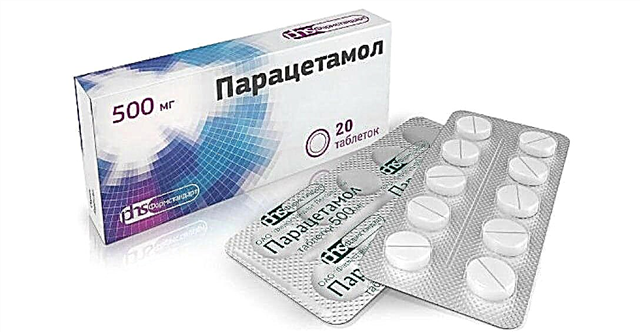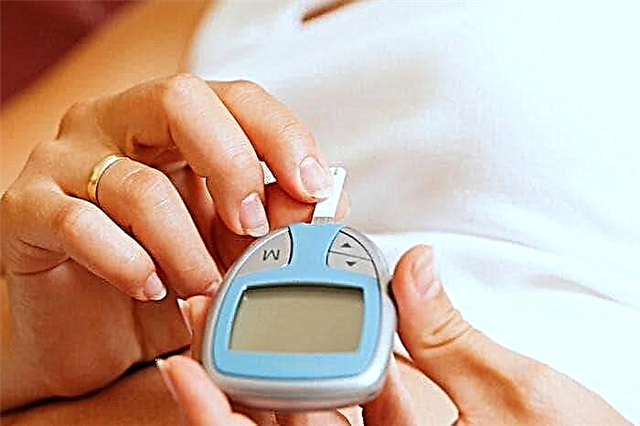Vision is one of the most important human senses, which allows you to get up to 90% of information about the world around you. Visual impairment in children in the digital age is most often caused by the progression of already existing undiagnosed refractive errors. The difficulty in identifying this group of diseases is due to the fact that the determination of visual acuity by the tabular method requires some preparation and cannot be used in children at an early age. It must be remembered that a decrease in vision in children can lead to serious impairments, including social maladjustment, and must be detected in a timely manner.
Refractive errors are a group of disorders associated with the disproportionate power of the optical system of the eye to its anteroposterior axis (roughly speaking, the length of the eye).
Refractive errors are divided into:
- myopia (myopia);
- farsightedness (hyperopia);
- astigmatism.
Nearsightedness (myopia)
This is a type of refraction in which a characteristic feature is the location of the main focus directly in front of the retina, which, in turn, does not allow a good view of objects located at a distance.
 All this happens due to the discrepancy between the strength of the optical system of the eye and its length. As a result, axial (increased size of the eyeball) and refractive (increased power of the refractive apparatus) myopia are distinguished.
All this happens due to the discrepancy between the strength of the optical system of the eye and its length. As a result, axial (increased size of the eyeball) and refractive (increased power of the refractive apparatus) myopia are distinguished.
Also distinguish the following degrees of myopia:
- weak (up to 3 diopters);
- medium (from 3.25 to 6.0 diopters);
- high (above 6 diopters).
Diagnostic methods
To make a diagnosis, use several diagnostic methods:
- Determination of visual acuity (visiometry).
In young children, it is not possible to determine the real value of visual acuity. One can only indirectly judge it, based on the data of ophthalmoscopy when examining the fundus by a doctor, the data of skiascopy, if the child allows it, or the data of refractometry. At the age of 4-5 years, vision in children is checked using tables.
- Determination of visual fields (perimetry).
In children, the use of computer spheroperimetry is justified, since, according to studies, not all children are able to understand the methodology, and therefore the data obtained often have a false result.
- Fundus examination (ophthalmoscopy).
Unlike adults, in children, an examination of the fundus is always carried out with a wide pupil.
- Skiascopy in conditions of complete cycloplegia.
This study gives a more objective picture after preliminary atropinization (the procedure for instilling drops of Atropine in the eyes).
- Refractometry.
- Ultrasound procedure (A-scan and B-scan mode).
- Fundus examination with a Goldmann lens.
- Measurement of intraocular pressure (tonometry) if necessary.
It is necessary to understand that, in fact, myopia, like hyperopia, is not a disease, but a condition that requires the patient to adhere to a certain lifestyle.
Balanced nutrition, certain exercises for the eyes, taking vitamins, massage of the neck-collar zone, work and rest regime are important preventive methods.
Unfortunately, they are rarely observed by patients.
The main treatments for myopia
The main conservative method of treatment is spectacle or contact vision correction.
According to the latest data, it was found that the progression of myopia can only be stopped with a complete vision correction. Partial correction causes a spasm of accommodation, thereby exacerbating the condition, which, in turn, leads to the progression of the disorder.
In the modern world, more and more people prefer contact vision correction, but this type of correction is not always possible in young children and requires mandatory supervision by adults.
Use of "Paragon" night orthokeratological lenses.
 Has its advantages. The lens is inserted exclusively at night before bedtime. It is easy to use.
Has its advantages. The lens is inserted exclusively at night before bedtime. It is easy to use.
The main therapeutic effect lies in the structure of the lens: it gently affects the cells of the corneal epithelium, which in turn reduces the strength of the refractive apparatus of the eye.
In cases of progressive myopia with pronounced changes in the fundus, it is necessary to conduct peripheral prophylactic laser coagulation, which limits the areas of the altered retina, and, in turn, is the prevention of such a formidable complication as retinal detachment.
Upon reaching the age of 18, doctors recommend surgical treatment: laser vision correction (PRK, LASIK, LASEK), refractive lens replacement or phakic lens implantation... The age of 18 was not chosen by chance, according to research by scientists, it is up to this age that the growth of the eyeball occurs. Therefore, early implementation of surgical methods of treatment will not be as effective.
Farsightedness (hyperopia)
This is a type of refraction in which the main focus is located behind the retina, which, in turn, makes it impossible to work at a close distance, and with a high degree of farsightedness - at a distant one.
 Allocate the following degrees of hyperopia:
Allocate the following degrees of hyperopia:
- weak (up to 2 diopters);
- medium (from 2.25 to 5.0 diopters);
- high (above 5 diopters).
Diagnostic methods
To make a diagnosis, use 8 diagnostic methods:
- determination of visual acuity (visiometry);
- determination of visual fields (perimetry);
- fundus examination (ophthalmoscopy);
- skiascopy in conditions of complete cycloplegia (this study gives a more objective picture after preliminary atropinization);
- refractometry;
- ultrasound examination (A-scan and B-scan modes);
- fundus examination with a Goldman lens;
- measurement of intraocular pressure (tonometry) if necessary.
The main treatments for hyperopia
1. The main conservative method of treatment is spectacle or contact vision correction.
The doctor prescribes glasses for hyperopia only against the background of instillation of certain drugs (Atropine or its analogues). Often, children try to persuade adults either not to bury them with drops, or just try to put on glasses, but it is important to remember that the doctor's appointment is the main thing.
If you go on about the child, then the glasses will not be worn due to discomfort, and hyperopia will progress. Contact vision correction in this case is possible only after an adequately selected spectacle correction.
2. Upon reaching the age of 18, doctors recommend surgical treatment: laser vision correction (PRK, LASIK, LASEK), refractive lens replacement or implantation of phakic lenses.
Astigmatism
This is a type of refractive error, a characteristic feature of which is the presence of different refractive forces in different meridians of the cornea (more often) or lens (less often), as a result of which the image has a distorted appearance.
Diagnostic methods
 To make a diagnosis, use the following diagnostic methods:
To make a diagnosis, use the following diagnostic methods:
- determination of visual acuity (visiometry);
- determination of visual fields (perimetry);
- fundus examination (ophthalmoscopy);
- skiascopy in conditions of complete cycloplegia (this study gives a more objective picture after preliminary atropinization);
- refractometry;
- ultrasound examination (A-scan and B-scan modes);
- fundus examination with a Goldman lens;
- measurement of intraocular pressure (tonometry) if necessary.
The main treatments for hyperopia
1. The main conservative method of treatment is spectacle or contact vision correction.
Glasses for astigmatism, as well as for hyperopia, the doctor prescribes only against the background of instillation of certain drugs (Atropine or its analogues). It is very important. If the child persists and refuses, he should explain everything in detail and insist on following the doctor's recommendation.
Contact vision correction in this case is possible only after an adequately selected spectacle correction. A feature of contact correction in this case will be the selection of so-called toric lenses, which allow taking into account the astigmatic component.
2. Upon reaching the age of 18, doctors recommend surgical treatment: laser vision correction (PRK, LASIK, LASEK), refractive lens replacement or implantation of phakic lenses with a toric component.
It is important to remember that the diagnosis of any of the refractive errors can only be made by a physician after a detailed clinical examination.



